Opening a new store in the UK feels like playing in the Champions League final.” That’s how Dansk Supermarked MD Per Bank felt this week as he unveiled the first Netto store to open in the UK in four years.
But with Netto starting from scratch in a fiercely competitive grocery market in which rival discounters Aldi and Lidl are in a much stronger position than when Netto sold out to Asda in 2010, perhaps a better description would be a League Two minnow (albeit with help from Qatari backers) making the third round of the FA Cup.
Netto is back via a 50:50 joint venture with its Danish owner Dansk Supermarked and Sainsbury’s. Its first store opened in Leeds on Thursday (6 November) and will be followed by a further three (Manchester, Sheffield and Ormskirk) next week. A fifth will open later this month, in Doncaster.
But with Aldi and Lidl calling the shots in a deflationary grocery market and shoppers demanding both quality and value from retailers, how do Dansk and Sainsbury’s plan to make Netto 2.0 work?
The 8,000 sq ft Leeds store, situated on a retail park just a stone’s throw from a large Sainsbury’s, is very different from the Netto that left the UK. Rather than relying on the non-food deals so common in the Netto of old, the discounter has made fresh produce and bakery ‘hero’ categories - positioning them at the front of the store. It’s also promising pricing that is “absolutely competitive” with Aldi, and a “Scandinavian twist on discounting”.
As a discounter, shoppers will judge Netto on price. It is benchmarking Aldi. Every week it promises ‘Fresh Five’ - five cut-price fruit and veg lines kicking off with bananas, carrots, pineapple, onions and leeks - for 69p. Bakery lines start from 15p for a split roll or a small baguette. All of its fresh chicken, pork, beef and lamb will be British, with a two-pack of sirloin steaks priced at £3.69 (on spot deal) and a 500g pack of beef mince for £1.75.
The entry level for a bottle of white wine is £2.99, and red wine £3.75. There will also be weekly ‘spot deals’ on both food and non-food lines - products such as Lego from £3, and Andolini Prosecco for £5.50 a bottle.
The ‘Scandinavian twist’ comes courtesy of an array of Danish products new to the UK - like Lykkeberg Karry (curried herring), Bell’s cereals, Danish Selection strawberry jam with rhubarb, Kaempe Skildpadder sweets and Anthon Berg chocolates. There are also ‘dividers’ at the end of checkouts so that a shopper can be served while the customer before them is still packing their goods.
Though Danish products are dotted throughout the store, the overwhelming majority of the 2,500 SKUs are well known to Brits, including 100 branded products. The ranging and sourcing is where the Dansk/Sainsbury’s JV has really come into its own. Netto UK has a completely separate supply chain from Sainsbury’s (and its own DC, in Scunthorpe), but the two companies have been working closely together to source goods.
‘Good, better, best’
Dansk dealt with the Danish products, but Sainsbury’s helped source and introduce UK products and suppliers to Dansk, and ensures the best prices on brands. That’s why, for example, a tub of Cadbury Roses for £4 (vs £5 at Sainsbury’s) sits alongside a tin of Danish butter cookies for £2.25 (or two for £4).
“We’ve used the best of Dansk and the best of Sainsbury’s,” explains Netto International MD Claus Juel-Jensen. “A lot of the sourcing was done from our Danish HQ, but also with Sainsbury’s to introduce new products not just to the UK but also to Netto. After testing them here, we’ll look at taking them back to our other markets.”
Dansk has also leant on Sainsbury’s expertise in own label. Dansk has introduced a ‘good, better, best’ offer into the UK with the help of Sainsbury’s. It has about 60 lines in a value range called ‘Easy…’ that looks not unlike Sainsbury’s Basics range. Its standard tier comes from a range of own-label lines under names such as The Greengrocer, Deli Selection and Asian Kitchen. And it has about 100 lines under a premium tier called Premieur.
Working together
Asian Kitchen is a good example of the JV working, adds Juel-Jensen. “In our other markets there is no targeted Indian range. So we’ve worked with Sainsbury’s and the contacts they have here to develop a range for the UK.”
At the same time, Dansk is also introducing to the UK concepts trialled successfully in its stores in other European markets. Fresh produce, for example, is being displayed in chillers after successful trials in Sweden and Denmark, and shelving for the healthcare aisle is blue after being tested in the German market for six months.
After the initial opening of five stores this month, a further 10 will follow in the spring. Bank says that if the concept doesn’t prove a success, Dansk will leave the UK again but is confident this will not be the case, even though he describes the UK as “one of the toughest markets in Europe”.
He highlights Netto’s success in Germany. “We have 350 stores there and have been there for 25 years. We’ve made money every year.” It’s no wonder therefore that Morten Moberg Nielsen, the MD of its German business, is now leading the UK venture.
Sainsbury’s and Dansk have done all they can to ensure the success of their JV but it is now in the hands of the customer to judge whether Netto 2.0 has what it takes to compete against the big boys.







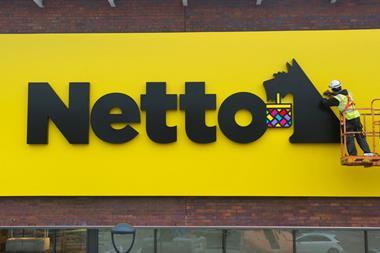
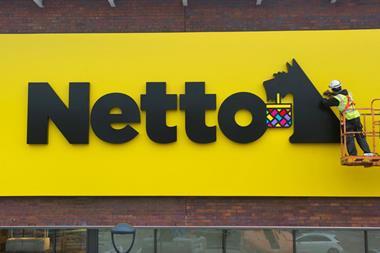

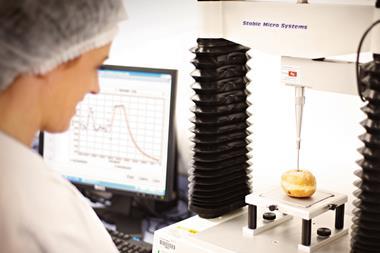


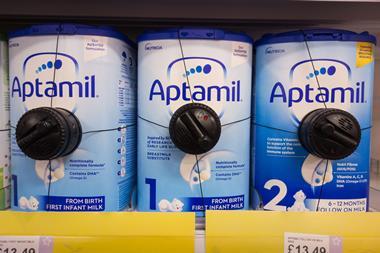
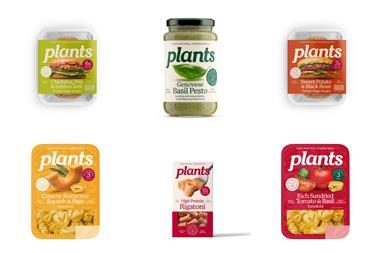

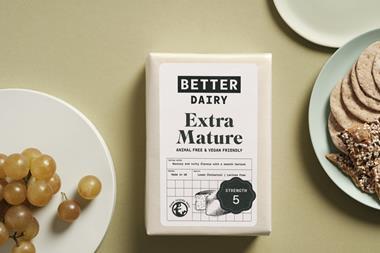


No comments yet